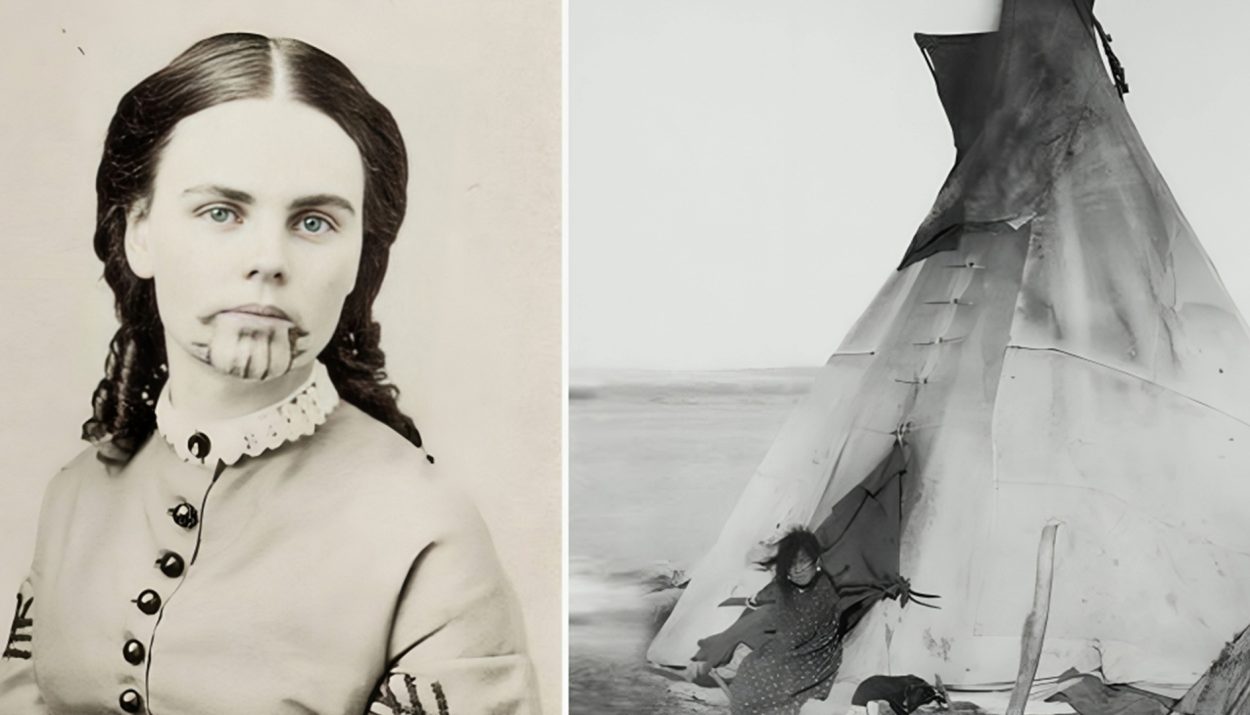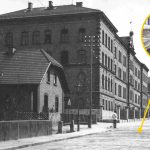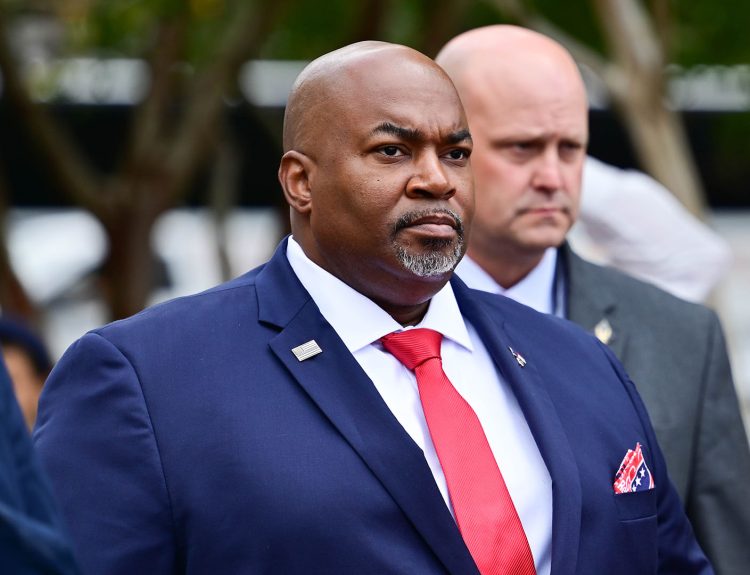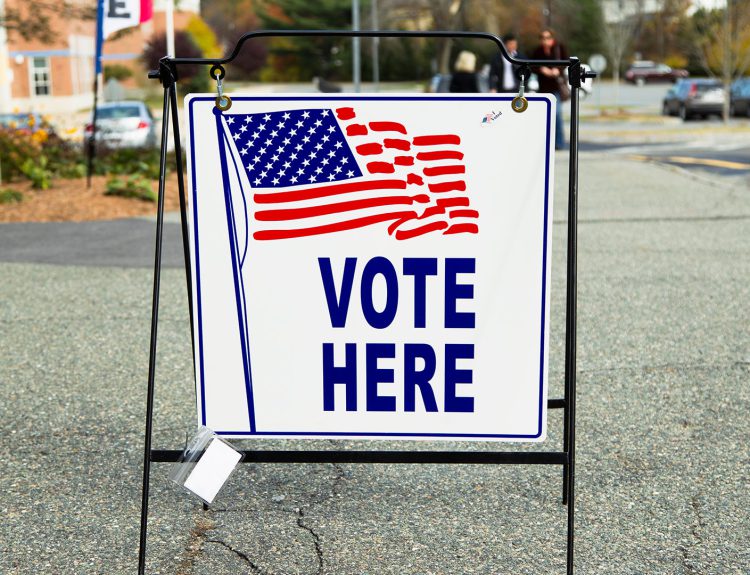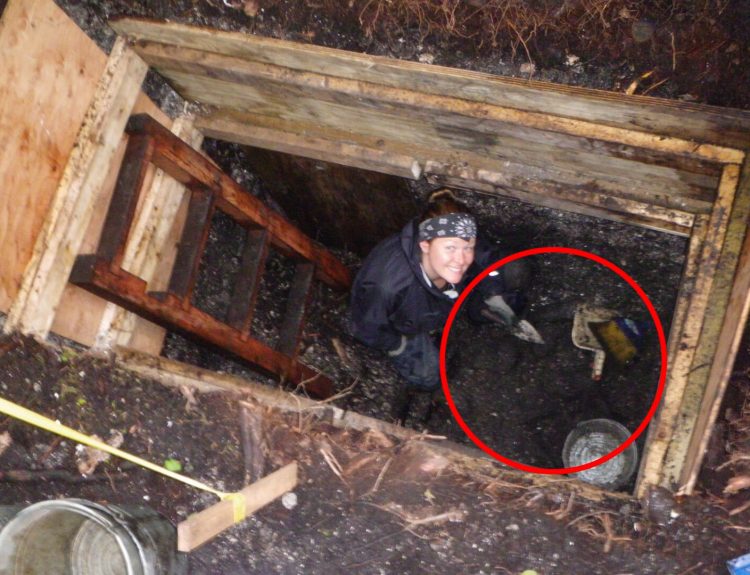If we were to believe everything we see in Hollywood Western movies, life in the Wild West was really wild. According to this film genre, there were constant shootouts in the streets, stagecoach robberies, bar fights, ruthless outlaw gangs, dysentery, cattle rustling, and train wrecks.
Surely, these things did happen, but almost certainly, Hollywood played them up for dramatic effect. The Old West days were no picnic, but were they really as wild, lawless, and dangerous as we think? Let’s find out.
Everyone Ran Around Shooting Off Their Guns
A gun, particularly a rifle or shotgun, was a necessity in the Old West. Nearly every adult male owned at least one gun to use when hunting for wild game or for protection from people and animals that threatened harm. But just because there were a lot of guns doesn’t mean that everyone ran around shooting off their guns.
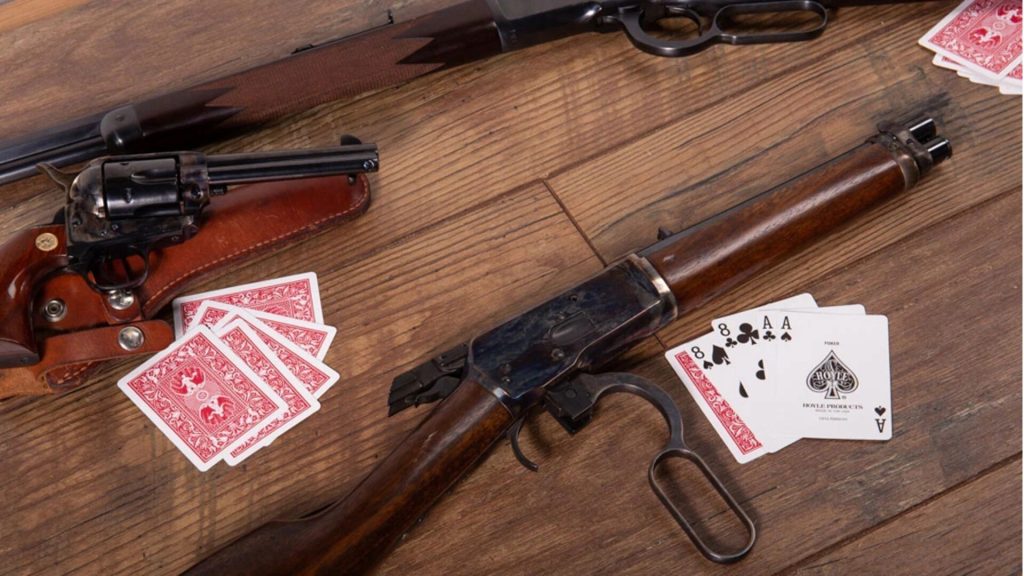
Believe it or not, most frontier towns had strict gun control laws. There were local ordinances banning concealed weapons and guns were prohibited in many businesses, even some saloons. Most lawmen in the Wild West were serious about enforcing gun control laws. Violators were often arrested and charged with breaking a gun law.
Shootouts Happened All the Time
When we think of the Wild West, our minds automatically think of wild shootouts between cold-blooded outlaws and overzealous lawmen. This is probably because the Gunfight at the O.K. Corral was one of the most memorable moments of the Wild West era, but it could also be because dime novels of the day featured embellished tales of Wild West shootouts.
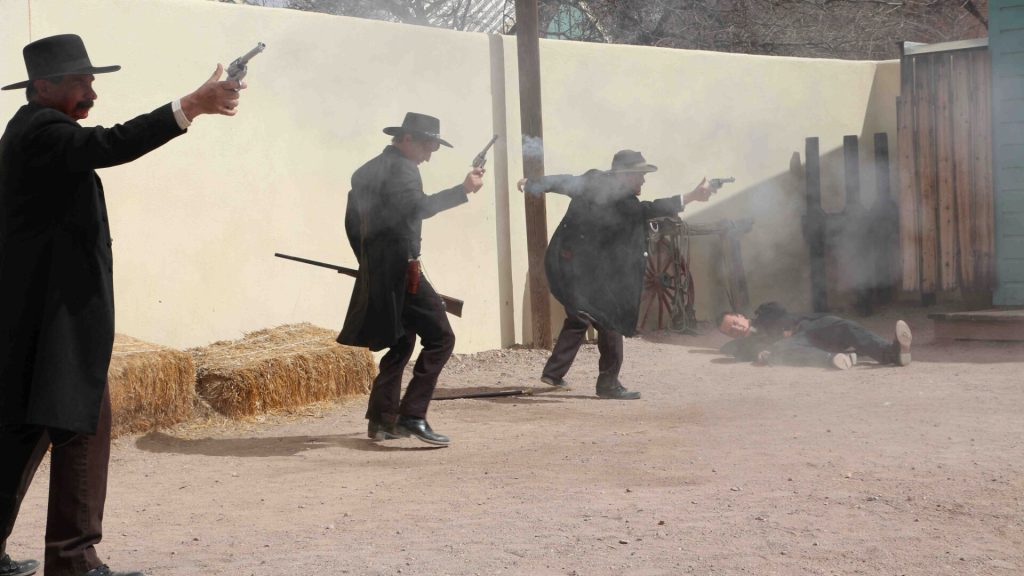
In reality, shootouts were rather rare occurrences in the Old West. There were only two or three notable shootouts per year in the 1880s and 1890s and most of them were not huge mass casualty incidents. Most were fought between just two people with just one of them dying.
Every Stagecoach Was Robbed
In the Old West, stagecoaches were used to transport more than just passengers. They were also used to transfer money from bank to bank and to deliver payroll to railroad camps and mining companies. That made them lucrative targets for stagecoach robbers. And, in fact, many stagecoaches were robbed.

Between 1870 and 1884, for example, Well Fargo reported that nearly 350 of their stagecoaches were robbed. That seems like a lot, but in reality, there were so many stagecoaches running regular routes between town several times a day. When we look at the number of stagecoach runs versus the number of robberies, we find that less than one percent of all stagecoaches were robbed.
Native Americans Often Engaged in Cattle Rustling
Stealing livestock animals in the Wild West was a hanging offense, though most cattle rustlers were lynched by vigilantes before they could proclaim their innocence in a court of law. Hollywood films, especially older ones, often perpetuate negative stereotypes by casting Native Americans as the biggest threat to a rancher’s herd.
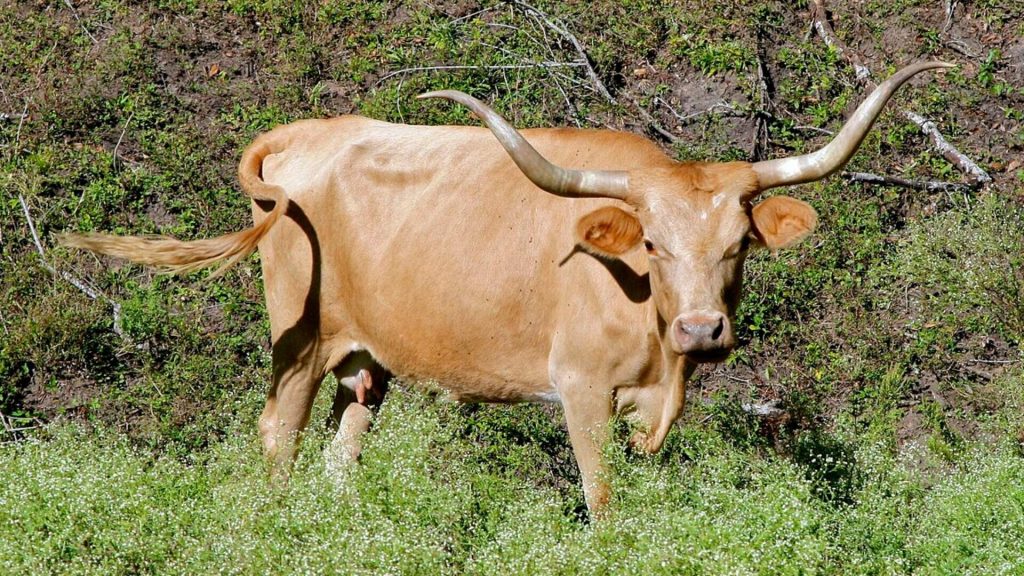
When Native Americans stole cattle, they typically stole just one or two animals … enough to feed their families. The bigger threat to American ranchers came from Mexican cattle rustlers. In South Texas alone, Mexican bandits were blamed for stealing more than 145,000 cattle between 1859 and 1872.
Traveling by Train Was Safe
Beginning around 1853, there was a huge uptick in train accidents. The U.S. government encouraged railroad companies to build tracks as fast as they could, so the work was often subpar and lacked safety measures. Plus, it was not uncommon for trains to run in both directions on the same track. In 1880 alone, there were 8,216 train accidents.
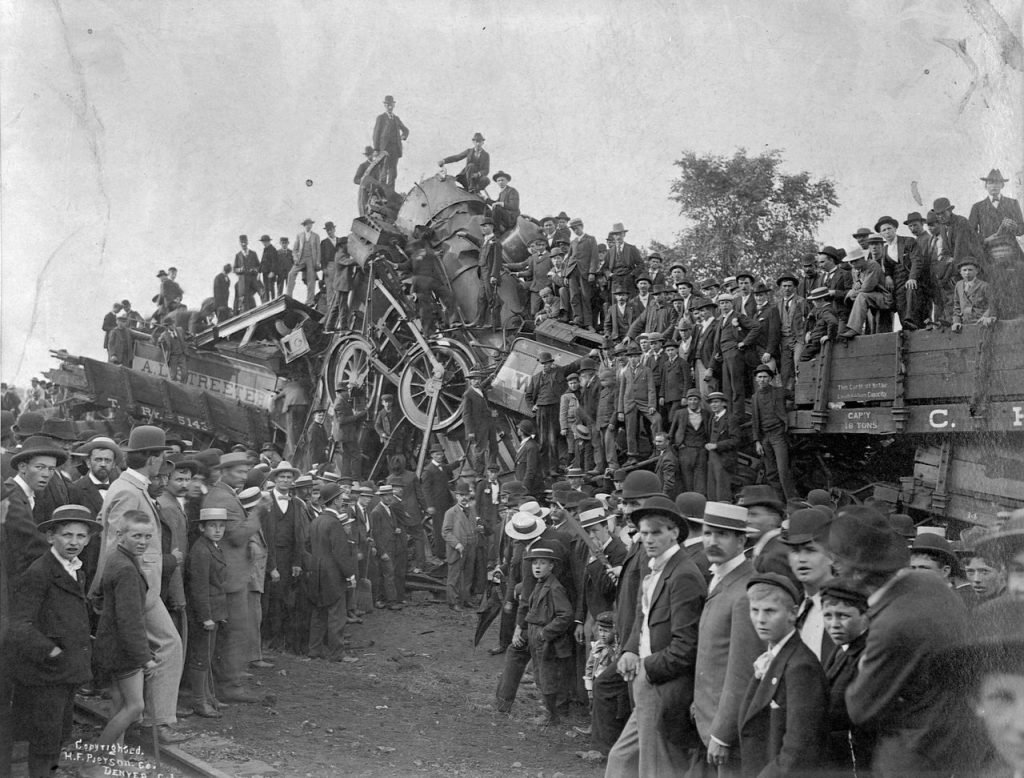
As the saying goes, it’s hard to look away from a train wreck. That’s why, between 1896 and the early 1930s, a popular form of entertainment in the Old West was watching train wrecks! Showmen went from state fair to state fair staging head-on locomotive crashes for paying spectators. Think of it as an early form of demolition derby.
Dysentery Was the Major Killer
Remember the old computer game, “Oregon Trail,” that was popular in the 1970s and 1980s when personal computers were just getting big? That game would have us believe that dysentery was the deadliest disease in the Wild West. To be clear, dysentery was no fun.
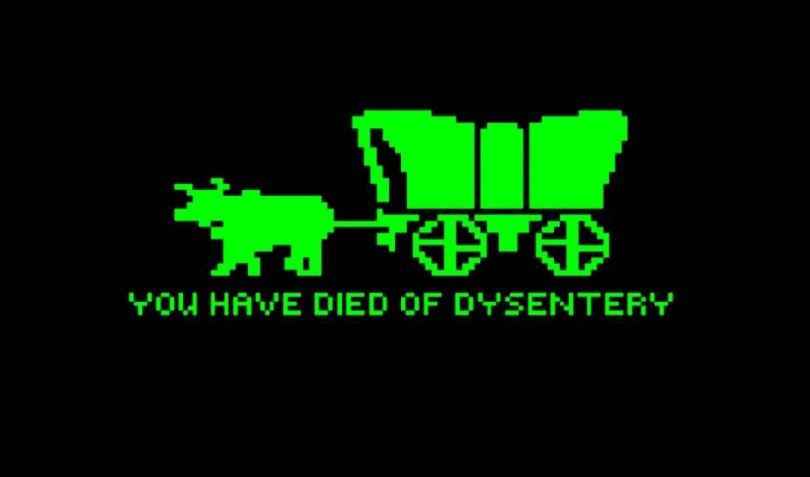
A gastrointestinal disease caused by bacterial or parasitic infections, dysentery gave people horrific diarrhea and vomiting, along with fever. A person could quickly become dehydrated. But dysentery wasn’t the deadliest disease in the Wild West. Cholera and smallpox were the bigger killers.
Wild West Outlaws Frequently Robbed Banks
Hollywood directors love to show scenes of Wild West bank robberies showing outlaws with bandanas over their faces shooting off their pistols as they steal sacks of money from the town’s bank. As much as audiences love this trope, it is inaccurate and misleading.

The truth is, there were very few bank robberies in the Wild West. Outlaws preferred to rob trains and stagecoaches because they could attack in a secluded location along the route. Banks were a risky target. That’s why there were only about four bank robberies in a 15-state area over the span of four decades during the Wild West era.
White Settlers Abducted by Native Americans Were All Mistreated
For many white settlers to the Wild West, the idea of being abducted by Native Americans was horrifying. They were certain that life among the “savage” Indians would be fraught with torture, abuse, and brutal mistreatment.
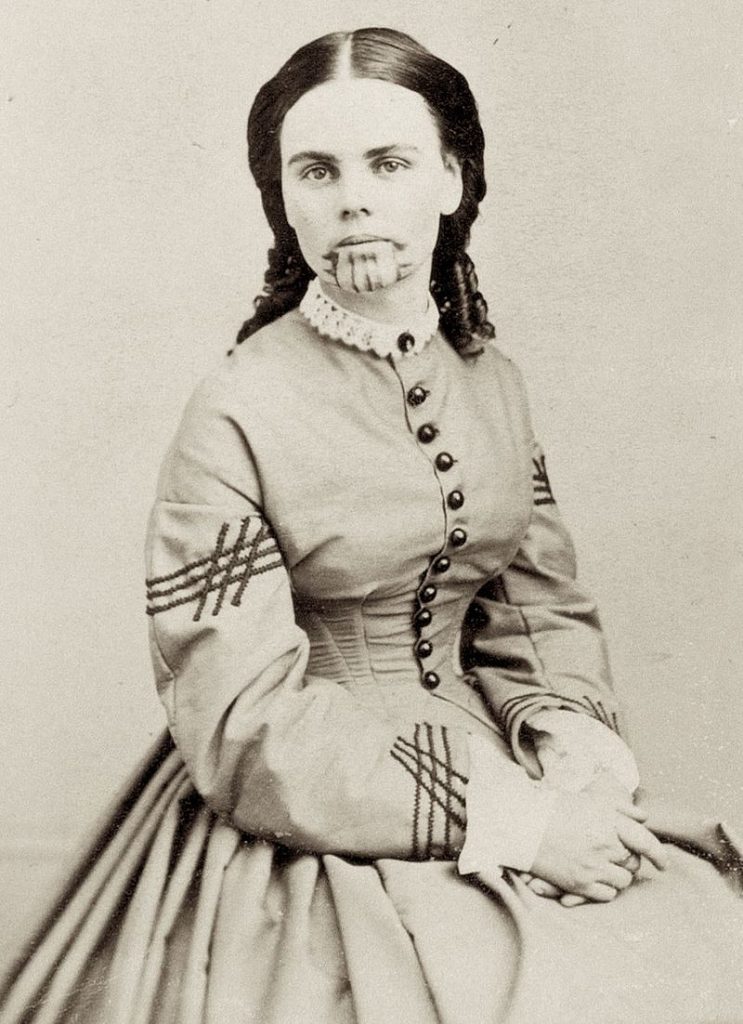
Certainly, Olive Oatman must have been terrified when a band of Native Americans killed her parents and four of her siblings before kidnapping her and her younger sister on March 18, 1851. While her sister died in captivity, Olive was traded to the Mohave people and lived with them for five years. They tattooed her chin in a distinctive manner. When she was found and returned to family members, she constantly expressed her desire to return to her life with the Mohave because she considered them to be her new family.
Hanging Was a Quick and Effective Execution Method
Outlaws and bad guys in the Wild West were, according to television shows and films, quickly and effectively executed by hanging. If these pop culture depictions were to be believed, every frontier town would have its own gallows where outlaws met their maker after a quick death.
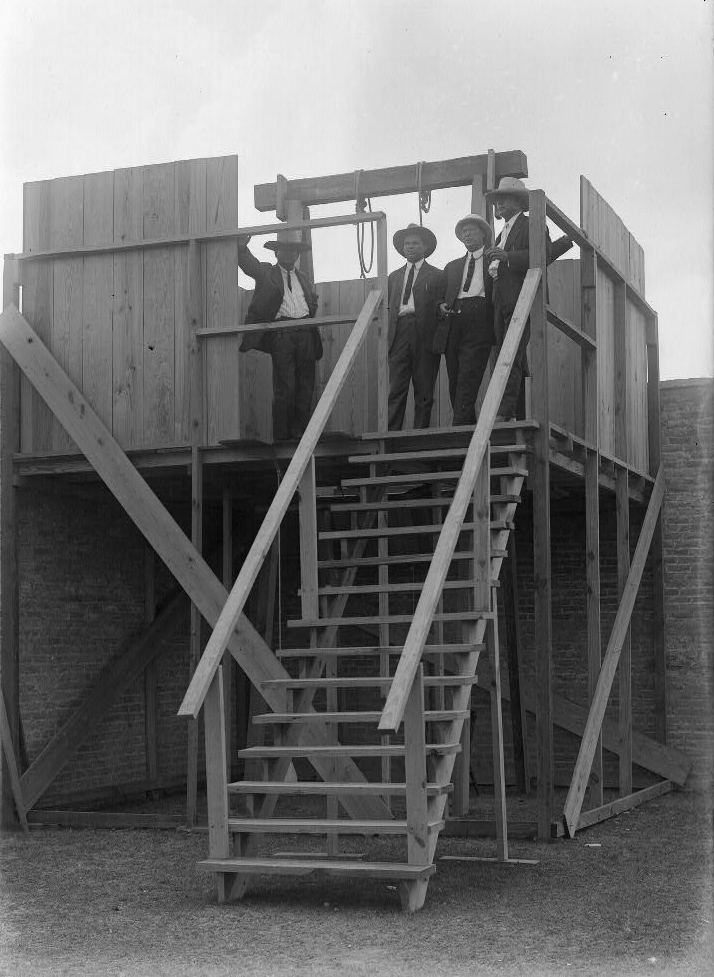
Sadly, that was not the case for Wild West outlaw Bill Longley, who was found guilty of murdering several men in cold blood. Longley was sentenced to death by hanging and an execution date of October 11, 1878, was set. However, things didn’t go as planned. When the executioner pulled the lever to drop Longley through the floor of the gallows, the convicted man fell to the ground, landing on his feet. Instead of dying by hanging, Longley died by strangulation as the executioner pulled the noose tight until Longley was dead.
Wild West Sheriffs Were the Good Guys
The kindly but firm Sheriff Matt Dillon on TV’s “Gunsmoke” may give us the impression that all Wild West sheriffs were white-hat-wearing good guys. In reality, many Wild West sheriffs walked a fine line between outlaws and lawmen.
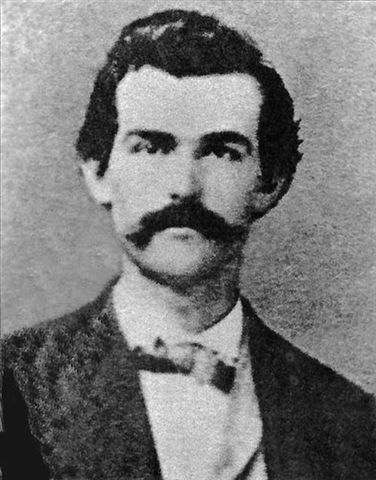
Doc Holliday, for example, was deputized by the Earp brothers in Tombstone and participated in the Shootout at the O.K. Corral. He later stood trial for murder for vendetta killings. Wild Bill Hickok killed several men before he became a marshal. The Earp brothers, Bat Masterson, and Dave Allison also dabbled on both sides of the lay.
Everyone Owned a Horse
Thanks to Hollywood films, we assume that everyone in the Wild West owned at least one horse. After all, western movies and TV shows featured horse-riding characters. But did everyone – from pioneer to cowboy – own horses? The answer to that is “no”.
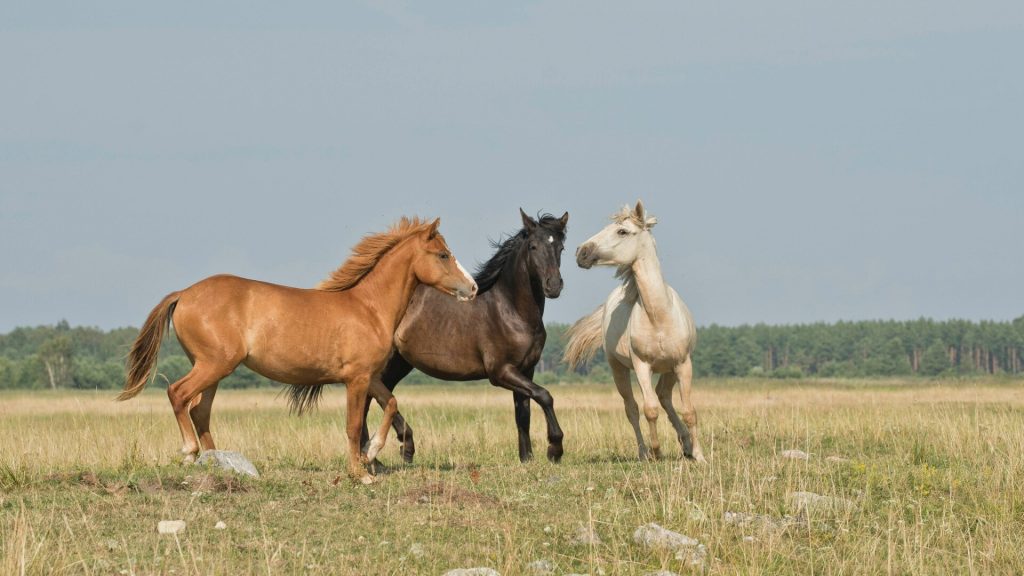
Much like today, horses are expensive to purchase, feed, and house. Hired ranch hands and cowboys used their employers’ horses just as much as they used their own. As for pioneers traveling west in wagon trains, most of them preferred to use oxen over horses. Oxen were stronger, hardier, and better about to handle the rigors of the open trail.
Cowboys Wore Cowboy Hats
John Wayne and the Marlboro Man are prime examples of how pop culture shaped our view of the American cowboy. According to them, all cowboys in the Wild West wore cowboy hats, known as ten-gallon hats or Stetsons. Although cowboy hats are synonymous with the Wild West, in reality, a different style of hat was more common.

That hat was the bowler. One Wild West historian referred to bowler hats as “the hat that won the west.” Indeed, a look through vintage photographs of Wild West outlaws shows that the stylish and versatile bowler was the hat of choice, albeit one that is far less wild-looking than a Stetson.
The Cowboys and Indians Were Constantly Battling Each Other
Hollywood script writers were overwhelmingly unfair to the Native American people. They often cast Native Americans as savage, godless, violent, and unintelligent. Worse, they perpetuated the myth that cowboys and Indians were mortal enemies who were in constant conflict with each other.
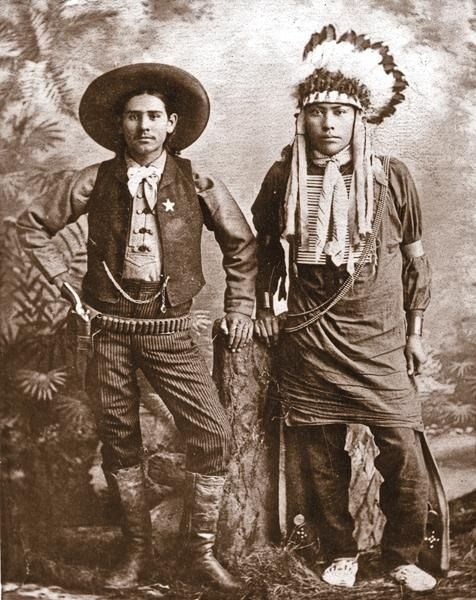
In truth, there were a number of significant clashes between white settlers and Native American tribes, however there were even more examples of the two groups coexisting in peace. Native Americans traded with cowboys and pioneers and settlers often employed Native Americans as guides.

